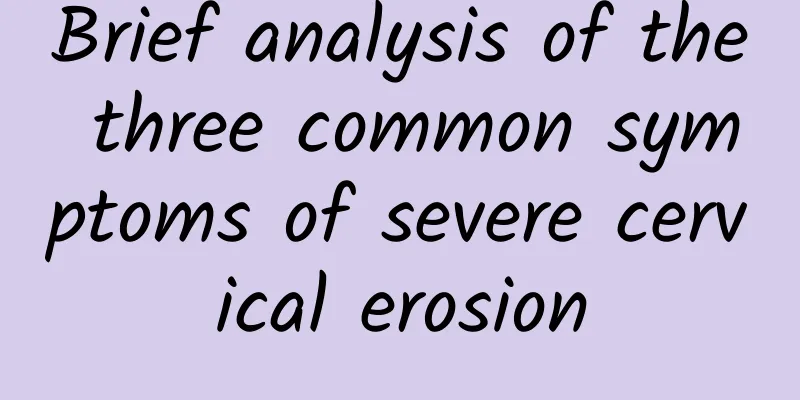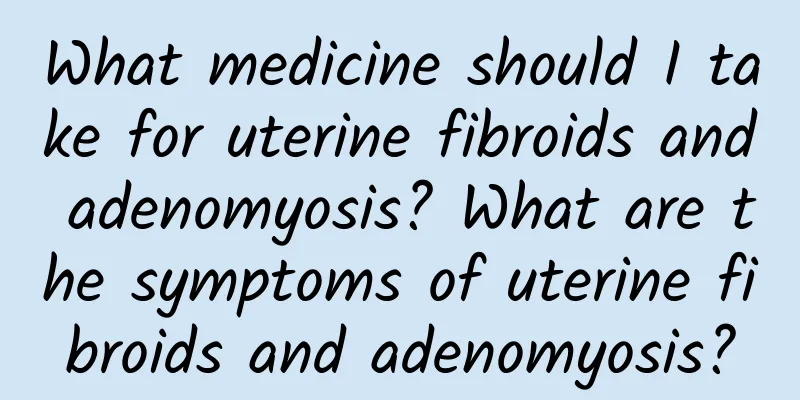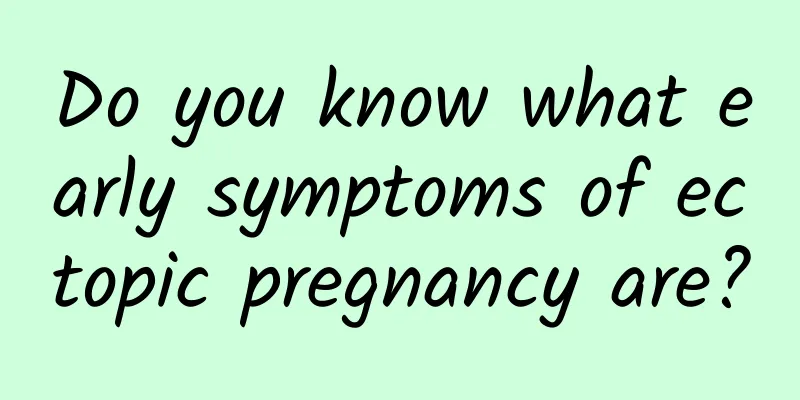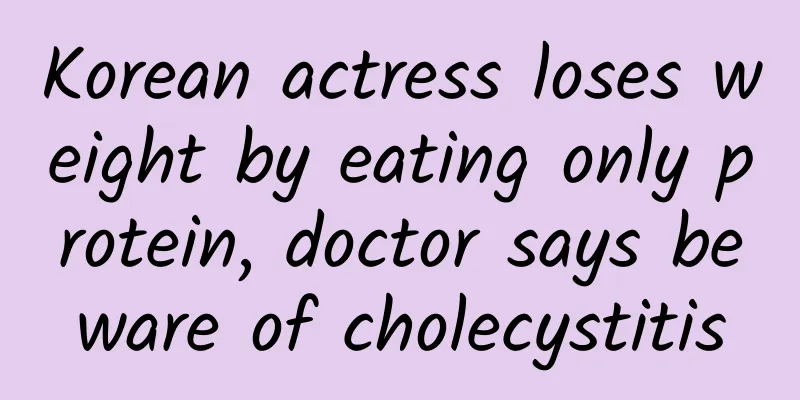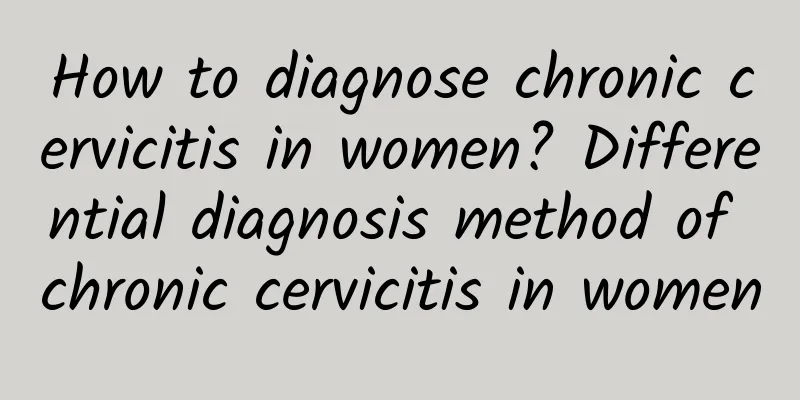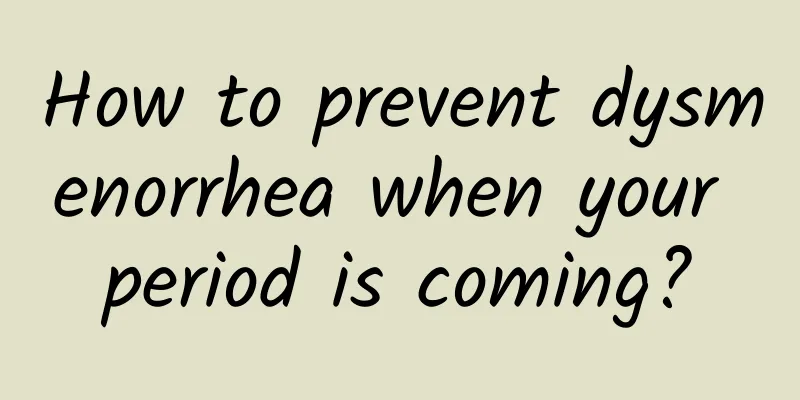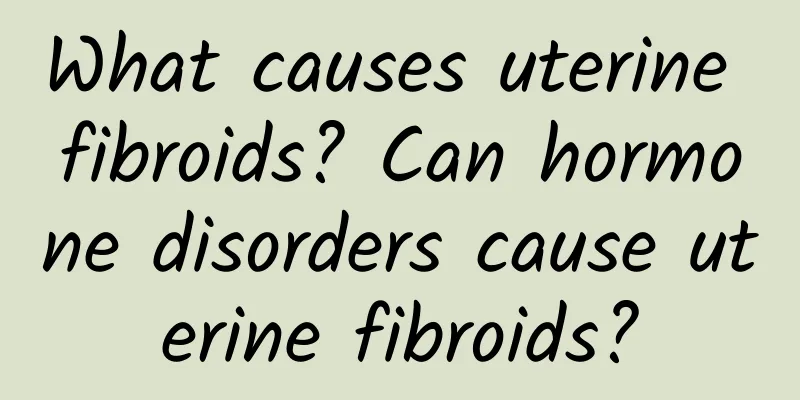What are the treatments for ovarian cysts?
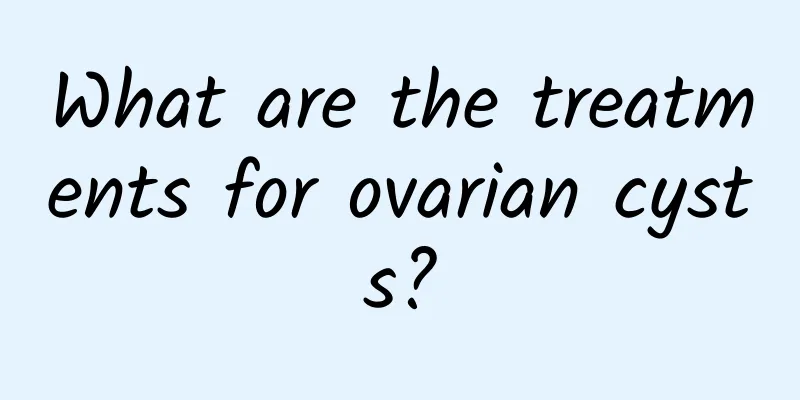
|
The ovarian tissue is complex and is the site with the most primary tumor types among all organs in the body. Ovarian cysts are a very common benign ovarian tumor. To treat ovarian cysts, we must first distinguish whether the cyst is physiological or pathological. Physiological cysts, such as lutein cysts, are related to the menstrual cycle and pregnancy. No medication is required, and most will disappear on their own, let alone surgical treatment. Common pathological cysts include teratomas, mucinous or serous cysts, and chocolate cysts caused by endometriosis. When this type of pathological cyst grows to a certain size, the pedicle will twist, rupture, and become infected. There is a certain rate of malignant transformation, and once it develops into ovarian cancer, it is more difficult to treat, and the metastasis rate is very high. Therefore, patients with pathological ovarian cysts should pay attention and receive timely treatment. The means of treating ovarian cysts are generally determined by age, fertility requirements, and the size and nature of the mass. If the patient is young and has fertility requirements, laparoscopic cyst removal can be performed. If the patient is old and has no fertility requirements, laparoscopic oophorectomy can be performed. Laparoscopic surgery is a type of minimally invasive gynecological surgery, which is widely used for ovarian cyst removal. The surgery does not require laparotomy. Instead, only 2-3 5 mm keyholes are made in the abdomen. The laparoscope with a scalpel and forceps can be inserted into the abdominal cavity. The surgery is performed under the guidance of a high-power monitor with high surgical accuracy. Compared with traditional laparotomy for the treatment of ovarian cysts, the surgery is minimally invasive and painless, with less bleeding, faster recovery after surgery, and complete preservation of ovarian function. The above are the methods for treating ovarian cysts. Early detection and early treatment. According to the specific situation, we should make judgments on how to treat ovarian cysts and conduct multi-faceted consultations. With the emergence of early diagnosis methods for ovarian cysts, treatment techniques and postoperative comprehensive treatment are becoming more mature. Ovarian cysts http://www..com.cn/fuke/ncnn/ |
<<: What are the symptoms of ovarian cysts?
>>: What are the symptoms of vaginitis?
Recommend
Is medical abortion better or painless abortion better?
Medical abortion, also known as medical abortion,...
What should I do when I encounter a plateau in my weight loss? 5 tips to increase your basal metabolic rate
When losing weight, no matter whether you "e...
How much does it cost to treat endometrial thickening?
How much does it cost to treat thick endometrium?...
Find the fault with fat! 6 Teas to Help You Lose Weight
Most teas can promote digestion and increase gast...
Vaginitis is never good, here are 4 common types
The main symptoms of vaginitis are itching, pain,...
What is ovulation bleeding?
Ovulation bleeding, also known as periovulation b...
Early pregnancy test cannot rule out ectopic pregnancy
Ectopic pregnancy refers to the phenomenon that t...
Common symptoms of cervicitis
Cervicitis is a disease that many women suffer fr...
Secondary causes of dysmenorrhea may occur in women with intrauterine devices
The causes of secondary dysmenorrhea often cause ...
What are the symptoms of hyperplastic vulvar leukoplakia
Now that we have understood vulvar leukoplakia, l...
Precautions after ovarian chocolate cyst surgery
Precautions after ovarian chocolate cyst surgery:...
The most important things to note after abortion
Abortion is a common phenomenon in today's so...
How does pelvic peritonitis come about?
The existence of pelvic peritonitis causes harm t...
Why does leucorrhea smell like fish? Urinary or reproductive tract infection
Abnormal vaginal discharge is usually caused by u...
What are the more common nursing methods for endometrial tuberculosis?
For many diseases, treatment knowledge plays a ro...



